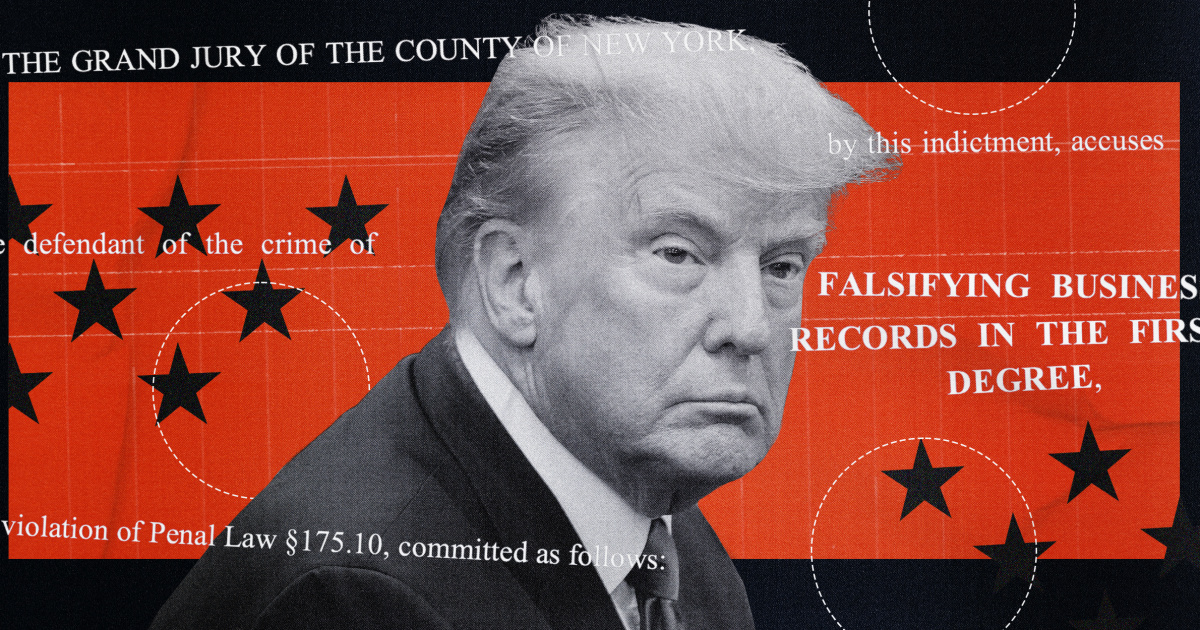Ignoring The Bond Crisis: The Risks Investors Face

Table of Contents
Understanding the Current Bond Market Instability
The current instability in the bond market is a multifaceted issue stemming from a confluence of factors. Understanding these factors is crucial to assessing the potential for a full-blown bond crisis and its impact on your portfolio.
-
Rising Interest Rates: Central banks worldwide are aggressively raising interest rates to combat inflation. This directly impacts bond prices; as interest rates rise, the value of existing bonds with lower coupon rates falls. The Federal Reserve's recent interest rate hikes, for example, have already sent ripples through the bond market.
-
Inflationary Pressures: Persistent inflation erodes the purchasing power of fixed-income investments. High inflation often leads to further interest rate hikes, exacerbating the problem described above. The current inflation rate, exceeding expectations in many countries, is a significant driver of bond market instability.
-
Geopolitical Uncertainty: Global political events, such as the war in Ukraine and escalating trade tensions, contribute to market volatility and increase default risk, especially for emerging market bonds. This uncertainty creates a climate of fear and speculation, impacting investor confidence and bond prices.
-
Potential for Defaults: As economic conditions worsen, the risk of corporate and even government bond defaults increases. This is particularly true for lower-rated, high-yield bonds. A wave of defaults could trigger a widespread crisis.
The yield curve, a key indicator of economic health, is currently inverted in many countries. This inversion, where short-term bond yields exceed long-term yields, historically indicates a heightened recession risk. This further intensifies the potential for a bond crisis.
Types of Risks Faced by Investors Ignoring the Bond Crisis
Ignoring the potential bond crisis exposes investors to several significant risks:
Capital Loss Risk
Rising interest rates and credit downgrades can lead to substantial capital losses.
- Rising interest rates have an inverse relationship with bond prices. When interest rates rise, the value of existing bonds falls, leading to capital depreciation.
- Investing in lower-rated, high-yield bonds carries a higher risk of default, resulting in a complete loss of principal. Careful analysis of credit ratings (investment-grade bonds versus high-yield bonds) is vital.
Liquidity Risk
During a crisis, selling bonds quickly can become extremely difficult. This liquidity risk can force investors into fire sales, selling their bonds at significantly depressed prices.
- Reduced market depth during a crisis means fewer buyers are available, making it hard to sell bonds at a fair price.
- Forced liquidations, due to margin calls or other pressing needs, often lead to losses as investors are compelled to sell at whatever price they can get.
Interest Rate Risk
Interest rate risk affects the value of all fixed-income investments. Changes in interest rates directly impact bond yields and prices.
- Rising interest rates, especially for longer-term bonds, significantly decrease their value due to their longer duration.
- Understanding duration – a measure of a bond's sensitivity to interest rate changes – is crucial for managing interest rate risk. Macaulay duration and modified duration are important metrics to consider.
Strategies for Mitigating Bond Crisis Risks
Proactive risk management is essential to protect your investments during a potential bond crisis. Several strategies can help mitigate these risks:
-
Diversification: Diversify your portfolio across different asset classes, including stocks, real estate, and alternative investments, to reduce exposure to the bond market. Don't put all your eggs in one basket.
-
Shorten Duration: Reduce the average duration of your bond holdings. Shorter-term bonds are less sensitive to interest rate changes than longer-term bonds.
-
Diversify Bond Holdings: Diversify across different bond types (government, corporate, municipal) and sectors to reduce the impact of any single default or sector-specific downturn.
-
Thorough Due Diligence: Conduct thorough due diligence before investing in any bond, paying close attention to the issuer's credit rating and financial health.
-
Professional Advice: Consult with a qualified financial advisor to develop a robust investment strategy that considers your risk tolerance and current market conditions.
Conclusion: Preparing for the Bond Crisis: Protecting Your Investments
The potential for a bond crisis presents significant risks to investors, including capital losses, liquidity issues, and interest rate risk. Ignoring these risks could have severe consequences for your portfolio. By implementing proactive risk management strategies, such as diversification, shortening duration, and conducting thorough due diligence, you can significantly reduce your exposure to bond market turmoil. Don't ignore the looming bond crisis; take steps today to protect your investments. Consult with a financial advisor to develop a robust investment strategy that accounts for current bond market risks and helps you navigate this challenging environment. Proactive planning and professional guidance are crucial for avoiding the bond crisis and preserving your financial well-being.

Featured Posts
-
 Is Liverpool Garnachos Next Destination After Man Utd Snub
May 28, 2025
Is Liverpool Garnachos Next Destination After Man Utd Snub
May 28, 2025 -
 Top Mlb Prop Bets For May 20 Focus On Kyle Stowers And Wilmer Flores
May 28, 2025
Top Mlb Prop Bets For May 20 Focus On Kyle Stowers And Wilmer Flores
May 28, 2025 -
 Ramalan Cuaca Besok 24 April 2024 Jawa Tengah Waspada Hujan
May 28, 2025
Ramalan Cuaca Besok 24 April 2024 Jawa Tengah Waspada Hujan
May 28, 2025 -
 Padres Arraez Out 7 Day Concussion Injured List
May 28, 2025
Padres Arraez Out 7 Day Concussion Injured List
May 28, 2025 -
 Man United Transfer Targets Amorims Seven Player Wishlist
May 28, 2025
Man United Transfer Targets Amorims Seven Player Wishlist
May 28, 2025
Latest Posts
-
 Grupo Fronteras Alleged Trump Support Analysis Of The Criticism
May 29, 2025
Grupo Fronteras Alleged Trump Support Analysis Of The Criticism
May 29, 2025 -
 The Grupo Frontera Donald Trump Backlash A Deeper Look
May 29, 2025
The Grupo Frontera Donald Trump Backlash A Deeper Look
May 29, 2025 -
 Grupo Frontera And Donald Trump Controversy And Public Reaction
May 29, 2025
Grupo Frontera And Donald Trump Controversy And Public Reaction
May 29, 2025 -
 Spotlight On Latin Music Jacqie Rivera And Emerging Artists To Watch
May 29, 2025
Spotlight On Latin Music Jacqie Rivera And Emerging Artists To Watch
May 29, 2025 -
 Vaccinazione Covid Protezione Efficace Contro Il Long Covid Ecdc
May 29, 2025
Vaccinazione Covid Protezione Efficace Contro Il Long Covid Ecdc
May 29, 2025
